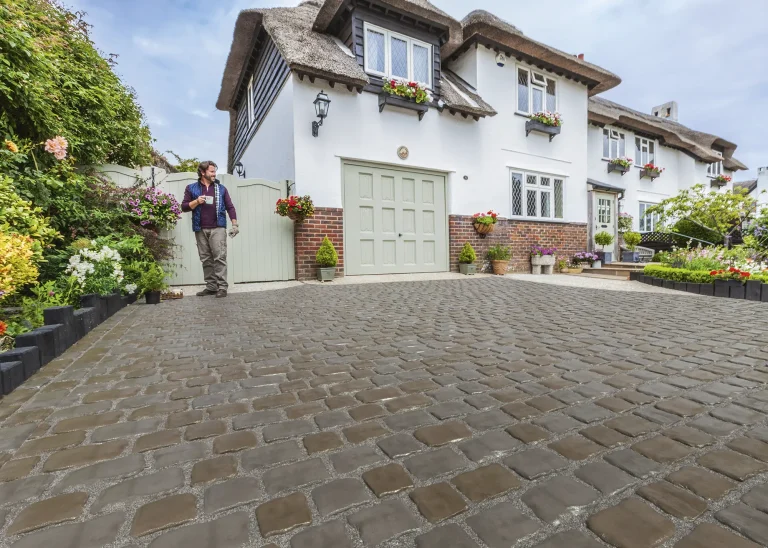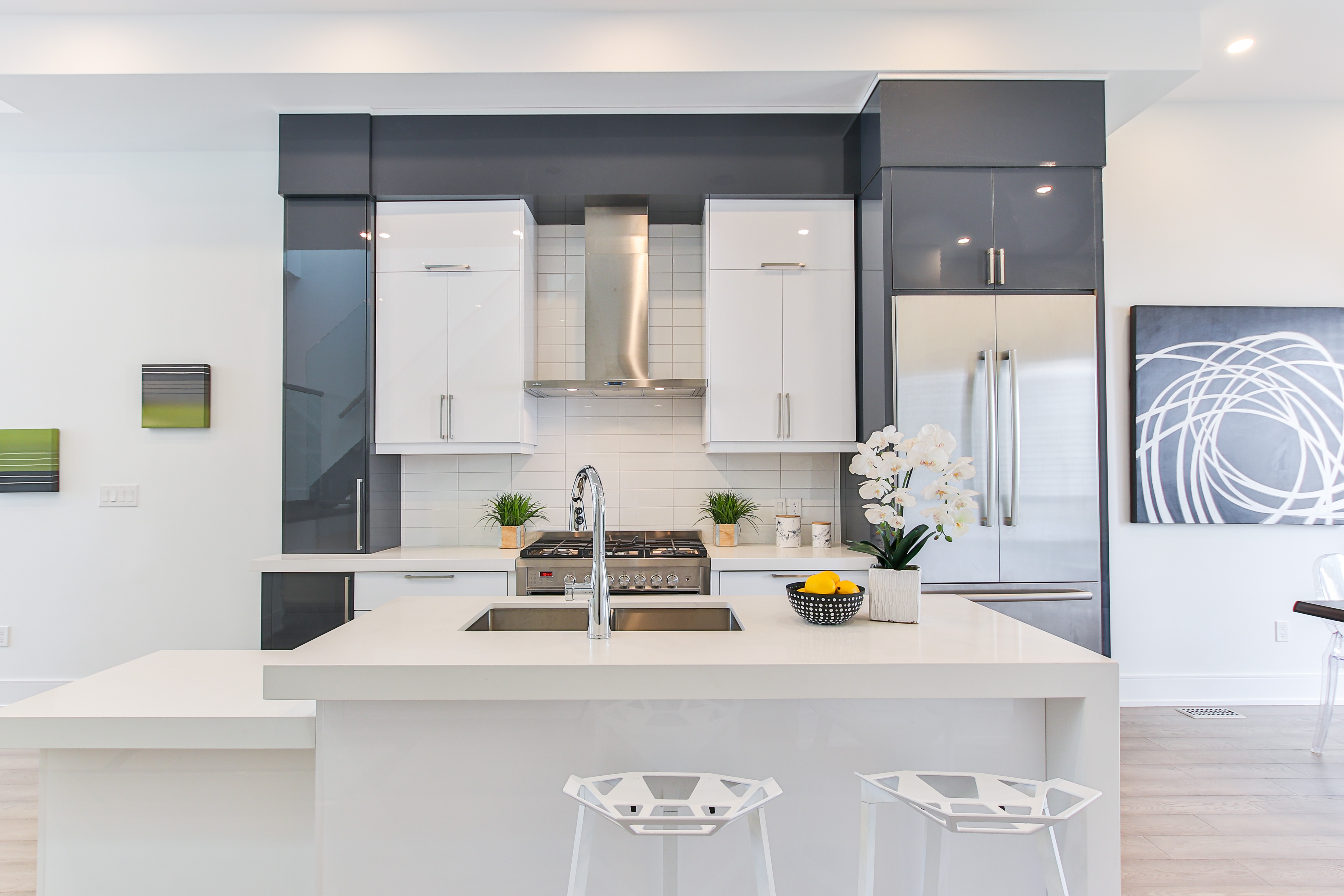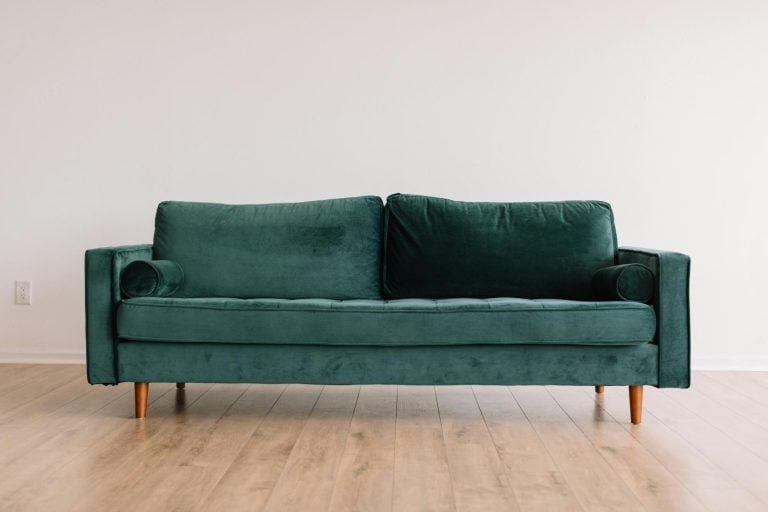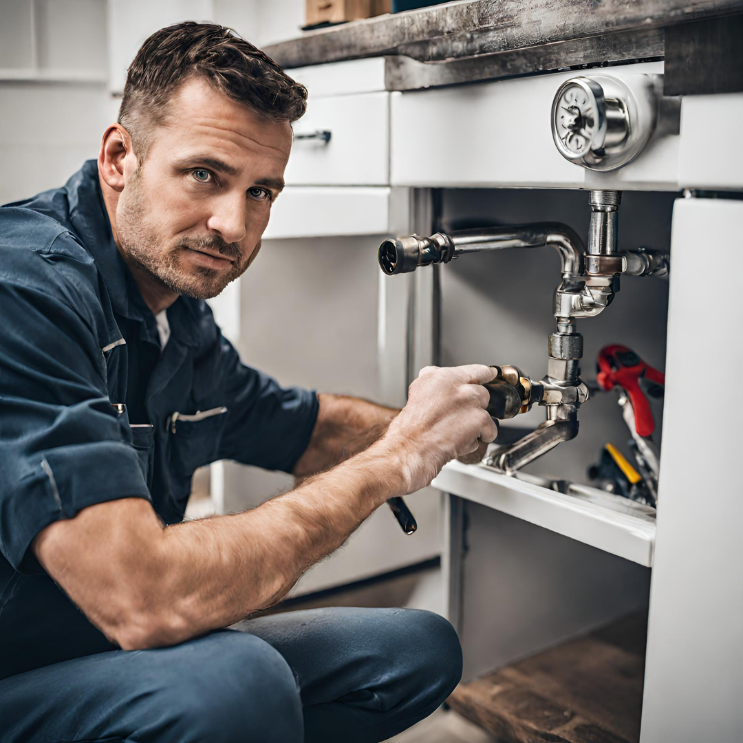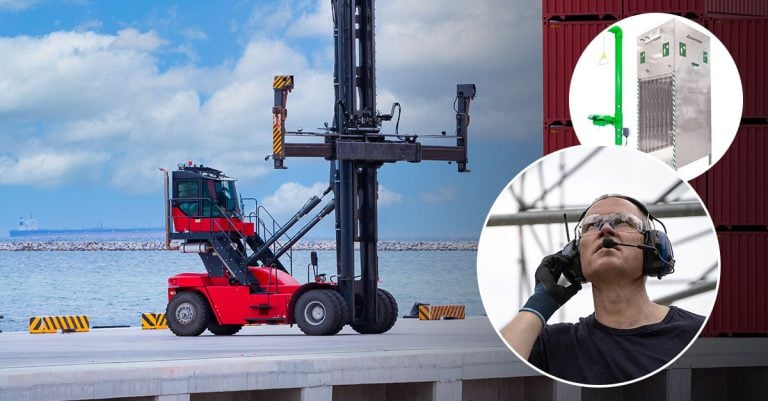10 Common Causes of Metal Roof Leaks

Table of Contents
Metal roofs are popular among roofers and homeowners for their durability. Despite their long lifespan, metal roofs can still develop leaks. Finding a leak in your roof can be stressful, and determining its source can be tricky. This is because where you see the leak inside your home might not match where it originated.
This article will discuss different reasons for leaks in metal roofing. Knowing how to spot, prevent, and fix roof leaks in your metal roofing system can significantly lengthen its lifespan, potentially by many years. You can learn more at Londonecometal.com.
Let’s dive into it.
10 Causes Of a Leak with Metal Roofing
Metal roofs, made from materials like copper, aluminum, zinc, or different types of steel, offer various roofing systems, such as the standing seam metal roof.
Each metal type and roofing system has its pros and cons. However, overall, metal roofing is known for its durability.
In ideal conditions, metal roofs only require a little maintenance or replacement for a long time. Painted metal roofs, for instance, can last between 40 and 70 years with minimal issues, maintaining their initial appearance.
If you notice a leak, it’s likely not due to the metal type or quality but rather the installation process.
Understanding the common reasons for a leaking metal roof and seeking help from a reliable commercial roofing company can fix these issues.
Metal Roofing Fastener Screws
The metal panels on your roof stick together using two types of fasteners: clips or metal roofing screws with rubber washers. Clips hide the seams and usually need a metal roof sealant. Metal roofing screws with rubber washers are self-drilling and can be close together without needing extra sealant.
Over time, these fasteners might come loose, making holes in the metal seams and letting in water. Some metal roofs, like standing seam ones, are better at keeping a tight seal.
Missing or Poorly Secured Paneling
If your roof panels are installed poorly, they might shift or even blow away in strong winds. This happens when the fasteners aren’t properly secured. It’s important for metal roof panels to fit together correctly; otherwise, the roof could lose pieces over time.
Well-installed metal roofing can usually handle winds up to 110 miles per hour. If you’re losing parts of your metal roof, it’s likely because the installer didn’t do a good job during installation.
Surface Rust
The type of finish you put on your metal roof can affect when rust might show up. Rust happens when metal is exposed to the weather, but the good news is that rust doesn’t mean automatic leaks.
However, if you see rust on your metal roof, deal with it right away. If you leave it alone, the rust can spread and cause damage. The roof coating might start peeling, the metal can scale, and eventually it could create holes, leading to serious structural problems.
Using a rust inhibitor is important to stop the rust from spreading. It won’t completely get rid of the rust, but it will give you enough time to get the necessary repairs done.
Missing Roof Pieces
Strong winds, storms, debris, and general wear and tear can make parts of your metal roof come loose. Even if your area doesn’t always have extreme weather, your metal roof will still wear down over time.
When crucial parts like foam closures, vent flashings, boots, downspouts, gutters, and edge metal are poorly installed, you risk water getting in and causing leaks. For example, if plumbing vents or HVAC curbs aren’t installed with the right materials and sealants, they can easily come apart, letting the elements in.
Missing Sealants
Metal roof sealants, when used with metal roofing, don’t last as long as the roofing panels and should be replaced during regular maintenance. Sealants under trims like metal ridge caps, Z flashings, around roof transitions, and other areas may need periodic attention as they wear.
It’s important to use a metal roof sealant specifically designed for this purpose, as other types, like silicone caulking, may not stick well to the paint on the panels and trims. Since metal roofing expands and contracts daily, any sealants used must stay flexible and stretch with the metal to avoid breaking their seal.
Holes and Penetrations
Rust isn’t the only thing that can make holes in your metal roof. Often, dragging heavy things or foot traffic can cause damage, like holes and punctures.
For example, when installing an HVAC unit, it can lead to significant harm. HVAC units are heavy, and dragging them across a metal roof can result in scrapes, dents, and holes.
This can also make the metal panels crimp or crease, creating spots where water can gather and cause rust. Additionally, HVAC units and other things poking through the roof can make weak spots in the flashing. Make sure to check your metal roof after installing or working on HVAC units to avoid costly repairs later on.
Water Movement
If your metal roof is leaking, it could be because of recent patch repairs. Even flat roofs should let water drain easily. If you’ve had holes fixed, those patches might be causing the problem.
When the materials used for patching don’t bend well, water can gather and get stuck. Always make sure the materials used for fixing your roof are flexible so they can move along with the rest of the metal panels.
Curb Flashings
On metal roofs, HVAC units are usually placed on curbs. Installing metal roof panels is quite simple, but it’s the flashing that tests a metal roofer’s skills. HVAC units give little room for error in making the flashing, and keeping the curb dry can be more challenging than you might think.
The uphill side of the curbs and the two upper corners of the curb flashing, especially on larger HVAC units, are tricky areas. Water often gets trapped behind the unit, accumulating behind the flashing, slowly wearing away sealants, and causing leaks.
The tricky part is that the more you try to seal the uphill side, the more water it holds. Fixing this problem can be tough, often requiring the removal of metal roofing panels and starting over.
Stack Flashings
Another spot prone to leaks on a metal roof is around stack flashings. These flashings, often referred to as “boots,” encase pipes that extend from the metal roof, such as HVAC vents, air vents, and plumbing pipes. They play a crucial role in waterproofing these pipe openings. Typically made of rubber or rubberized material, stack flashings sit flat on the metal roof, creating a seal and compressing around the pipe for extra protection. The constant movement in the metal roof due to expansion and contraction constantly challenges these seals.
Sun exposure also degrades rubber flashings, and they usually last only about half as long as the metal roof. Interestingly, applying more caulking, sealant, or tar around the stack can lead to water pooling and increased leakage, creating a bit of a dilemma.
To keep your building dry, it’s a good idea to plan on replacing worn or damaged stack flashings.
Incompatible Materials
Metal roofs need specific materials to prevent corrosion and oxidation. Combining certain metals can lead to issues like corrosion and oxidation, affecting the waterproofing of the roof.
Using the right materials for flashing in vulnerable areas like skylights and vents is crucial. Using the wrong metals and sealants can harm your metal roof and cause adhesion problems.
When applying sealant, go for acrylic or urethane coatings. They not only seal potential leaky areas but also help prevent rust. Butyl tape is an alternative to sealant.
Final Verdicts
Homeowners should steer clear of climbing onto their roofs, no matter how skilled they are at DIY. Roofing work is risky, so it’s best to let trained professionals handle roof leak detection.
What can your local roofer do for you? They’ll inspect your roof thoroughly to find the source of the leak and provide solutions, whether it’s a small repair or a complete roof replacement. Your roofer is likely to suggest quick and efficient repairs for metal roof leaks, saving you stress, money, and hassle. While they might not have magical powers, a specialized metal roofing contractor is your go-to for fixing metal roof issues.

